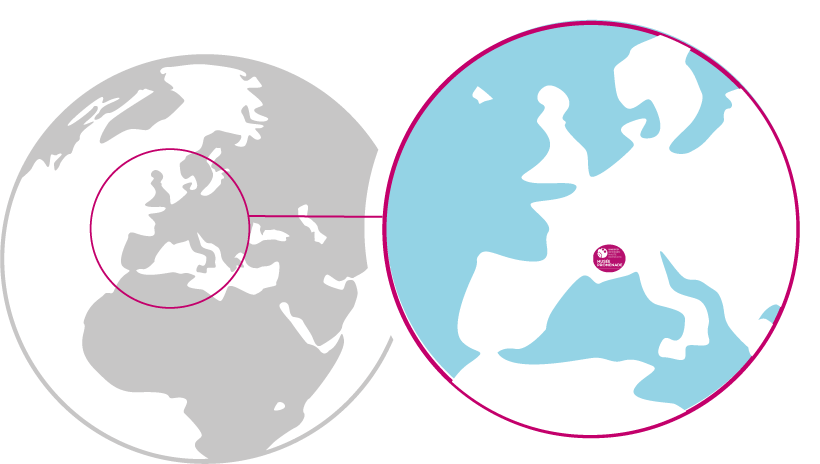For centuries, the Southern Alps has been a victim to erosion due to the almost total distruction and disappearance of forested areas as a result of human actions: in August 1698, the Mardaric and the Eaux Chaudes mountain rivers overflowed and caused great damage in Digne.
In the second half of the 19th century, the State decided to take measures to fight against such erosion by introducing the laws of 1860 and 1864, then subsequently in 1882 and finally the laws of 1913 and 1922 to safegaurd the protection of forests.
The Department of Water & Forests was responsible for implementing these laws. Today, the biological-engineering elements (plantations) is carried out by the ONF (Office National des Forêts) and the civil-engineering elements (the required maintenance works of the mountain-rivers, often completed with stones and wood) by the RTM (Service de Restauration des Terrains en Montagnes).
Prosper Demontzey was born in 1831 in Saint-Dié (in Vosges). He entered the Nancy Forestry School in 1850. After a period in Algeria, he was appointed to Nice in 1863 and then to Digne in 1868. He was the great architect of the reforestation of the Southern Alps who understood the importance of reparing and maintaining the mountain-torrents before reforestation. He also promoted planting instead of sowing.
A consulting member of the Academy of Sciences, he retired to Aix en Provence where he died in 1898.





